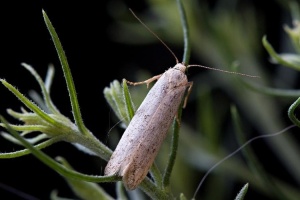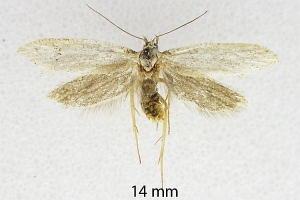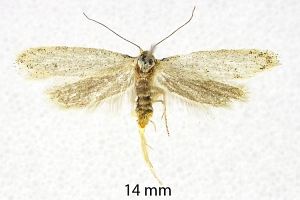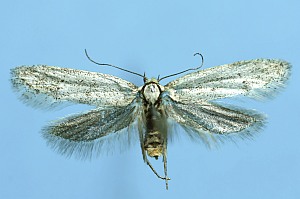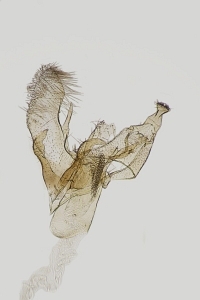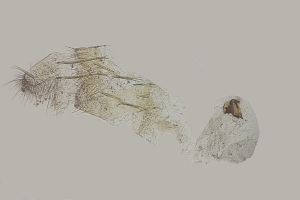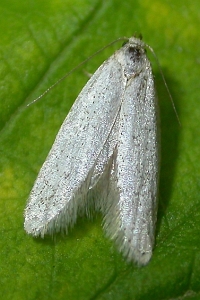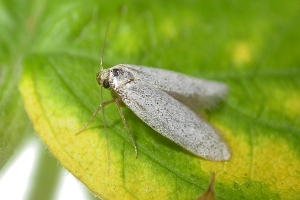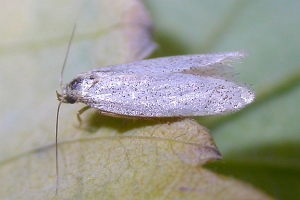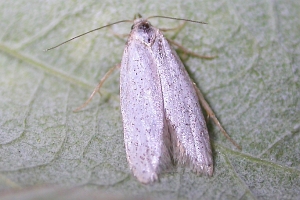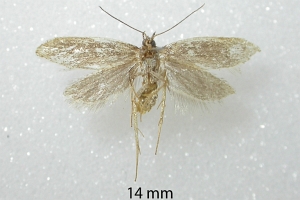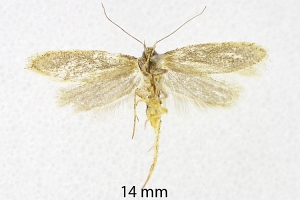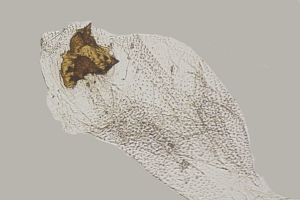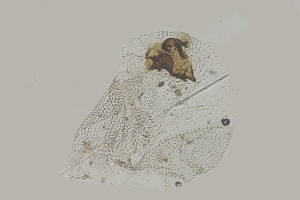

 +5Kontinente:EU
+5Kontinente:EU2. Diagnose
2.1. Männchen
2.2. Weibchen
2.3. Geschlecht nicht bestimmt
2.4. Genitalien
2.4.1. Männchen
2.4.2. Weibchen
4. Weitere Informationen
4.1. Faunistik
Die Art wurde aus Ungarn beschrieben; Gozmány (1952) kam zum Schluss: "The distribution of pannonicus is as known to this date strictly Transdanuvian. flying in wet places or in the vicinity of humid terrains. Life history unknown, appearance of the moth in July."
Die Fauna Europaea nennt als weitere Länder mit Vorkommen der Art: Slowakei (siehe auch Bilder oben), Albanien und Italien.
4.2. Typenmaterial
Gozmány (1952) schreibt zur Typenserie und weiteren von ihm untersuchten Exemplaren:
"Holotype : Vörs : Diássziget (Com. Zala), Hungary, 12. July, 1950, leg. Dr. Kaszab;
Allotype: Sukoró : Meleghegy (Lake Velence) 12. July, 1951, leg. Dr. Kaszab;
Paratype: with data as holotype;
there are other specimens from Lake Velence (8 females), Szár (Com. Fehér); Guggerhegy, Budapest; Kaposvár (Com. Somogy), leg. Pazsiczky (determined by Rebel as Prays curtisellus aberr.!).
Holotype, allotype, paratype, and the majority of the other specimens in the Collection, of the Hungarian Natural History Museum, Budapest, the others in the collections of the Mssrs Dr. Issekutz, Nattán and Pazsiczky, who sent their specimens for determination to me last year."
4.3. Literatur
- Erstbeschreibung: Gozmány, L. A. (1952): New Hungarian Microlepidoptera. — A Magyar Természettudományi Múzeum évkönyve 43 (= series nova 2): 141-146 [Digitalisat auf library.hungaricana.hu].






